![]()
![]()
![]()
Use LEFT and RIGHT arrow keys to navigate between flashcards;
Use UP and DOWN arrow keys to flip the card;
H to show hint;
A reads text to speech;
37 Cards in this Set
- Front
- Back
- 3rd side (hint)
|
Field lines emerging |
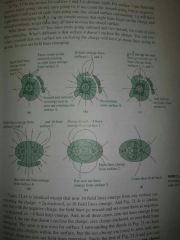
|
|
|
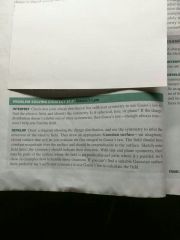
|
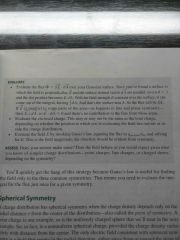
|
|
|
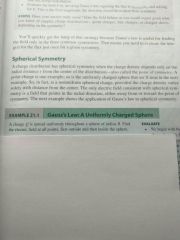
|

|
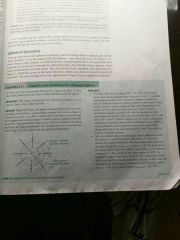
|
|
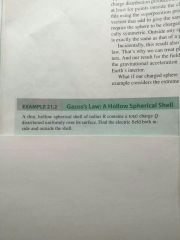
|

|
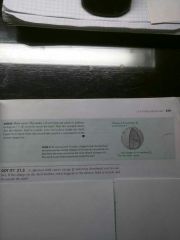
|
|
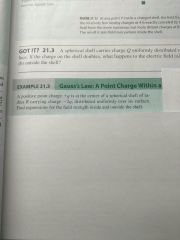
|
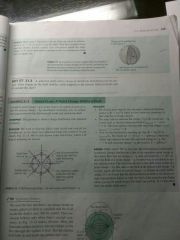
|
|
|
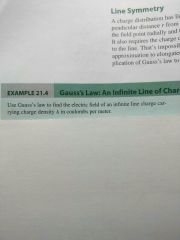
|
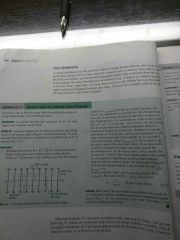
|
|
|
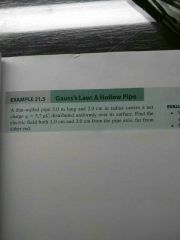
|

|
|
|
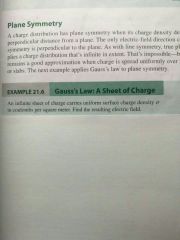
|
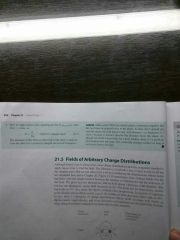
|
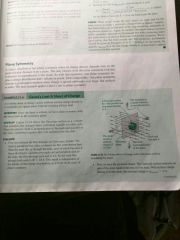
|
|
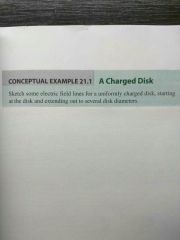
|
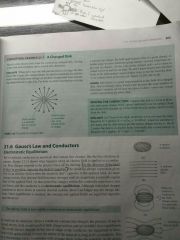
|
|
|
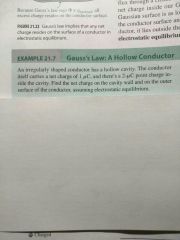
|
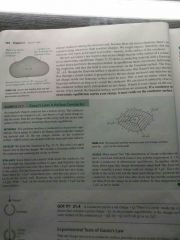
|
|
|
|
Can electric fields lines ever cross? |
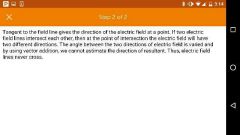
|
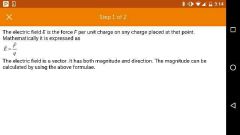
|
|
|
The electric flux through a closed surface is zero. Must the electric field be zero on that surface? |
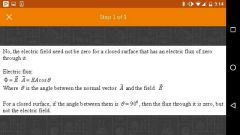
|
|
|
|
If the flux of the gravitational field through a closed surface is zero, what can you conclude about the region interior to the surface? |
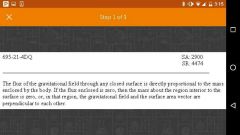
|
|
|
|
Under what conditions can the electric flux through a surface be written as EA, where A is the surface area? |

|
|
|
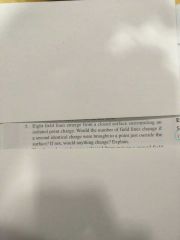
|

|
|
|
|
If a charged particle were released from rest on a curved field line, would its subsequent motion follow the field line? |

|
|
|
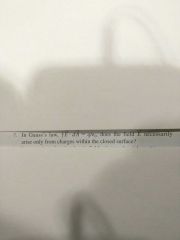
|
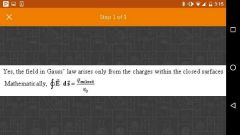
|
|
|

|
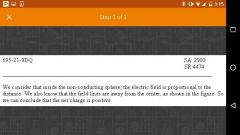
|
|
|
|
A point charge is located a fixed distance outside a uniformly charged sphere. If the sphere shrinks in size without losing any charge, what happens to the force on the point charge? |

|
|
|
|
The field of an infinite charged line decreases as 1/r. Why isn't this a violation of the inverse square law? |
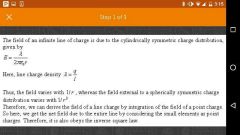
|
|
|
|
Why can't you use Gauss's law to determine the field of a uniformly charged cube? Why couldn't you use a cubical Gaussian surface? |

|
|
|
|
You're sitting inside an uncharged, hollow spherical shell. Suddenly someone dumps a billion Coulomb's of charge on the shell, distributed uniformly. What happens to the electric field at your location? |

|
|
|

|
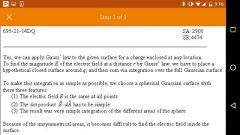
|
|
|
|
An insulating sphere carries charge spread uniformly throughout its volume. A conducting sphere has the same radius and net charge, but of course the charge is spread over its surface only. Compare the electric fields outside these two charge distributions. |
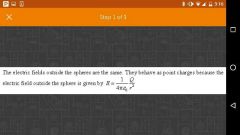
|
|
|
|
Why must the electric field be zero inside a conductor in electrostatic equilibrium? |

|
|
|
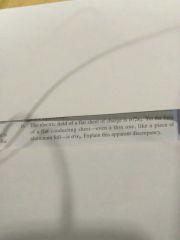
|

|
|
|
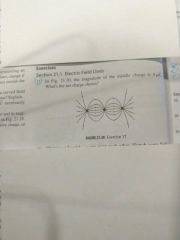
|
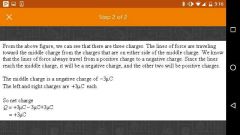
|
|
|
|
Charges +2q and -q are near each other. Sketch some fields lines for this charge distribution, using eight lines for a charge of magnitude q. |

|
|
|
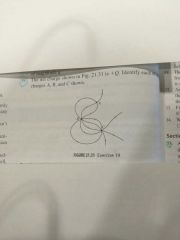
|
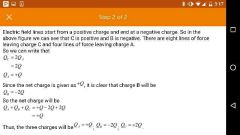
|
|
|

|
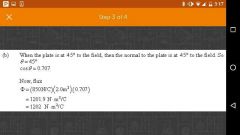
|
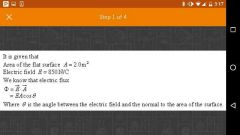
|
|
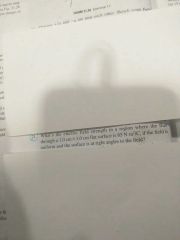
|

|
|
|
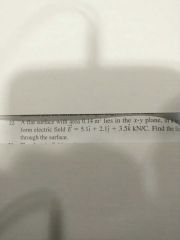
|
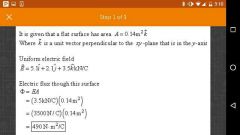
|
|
|
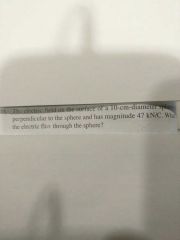
|
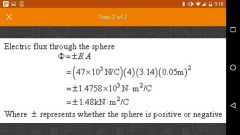
|
|
|
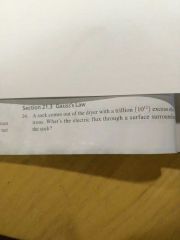
|
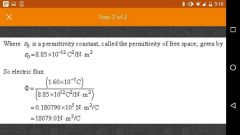
|
|
|

|
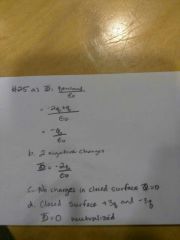
|
|
|
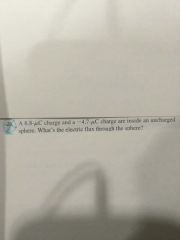
|
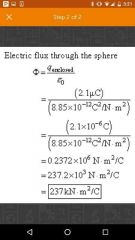
|
|
|
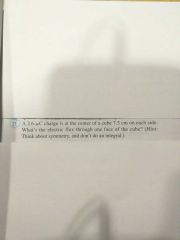
|
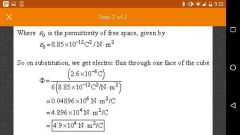
|
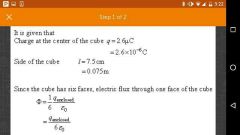
|

